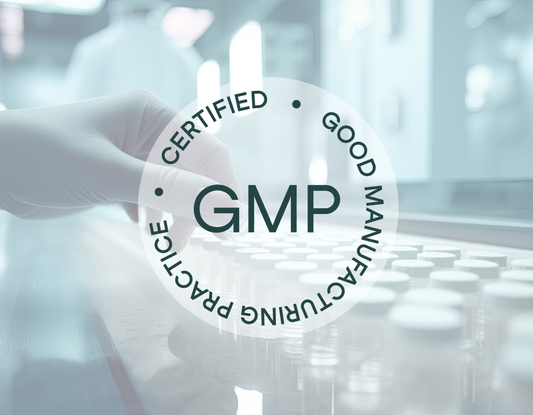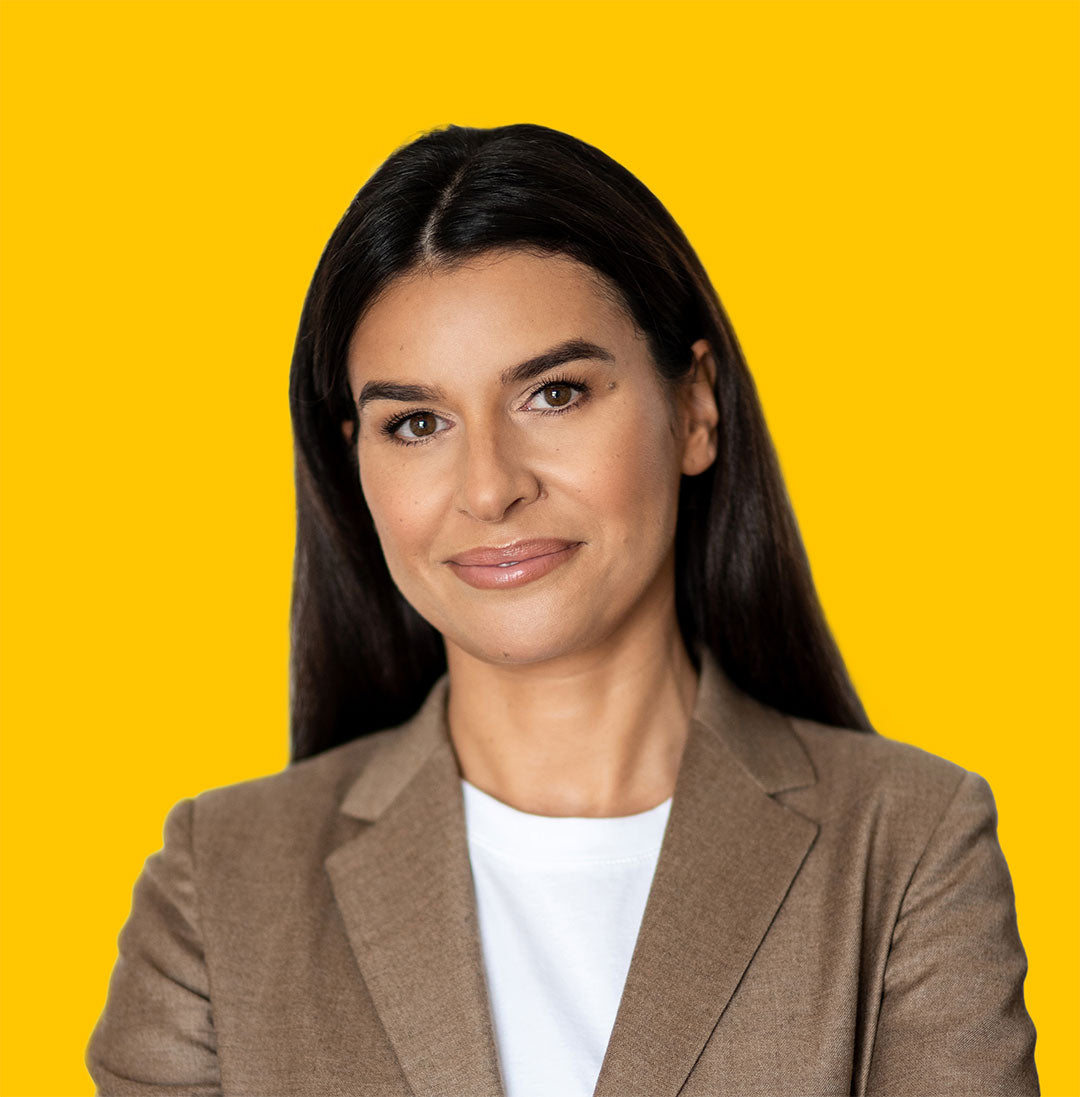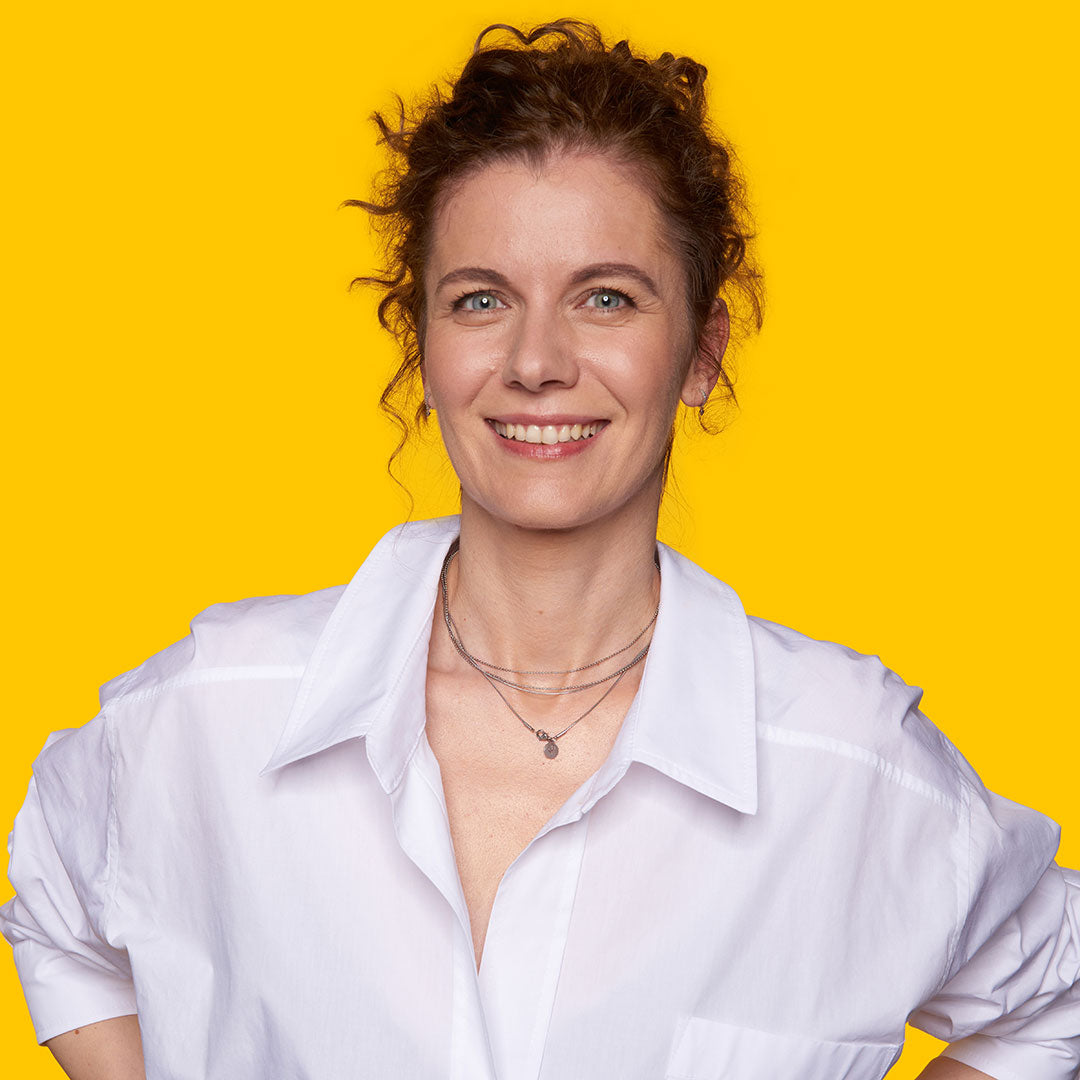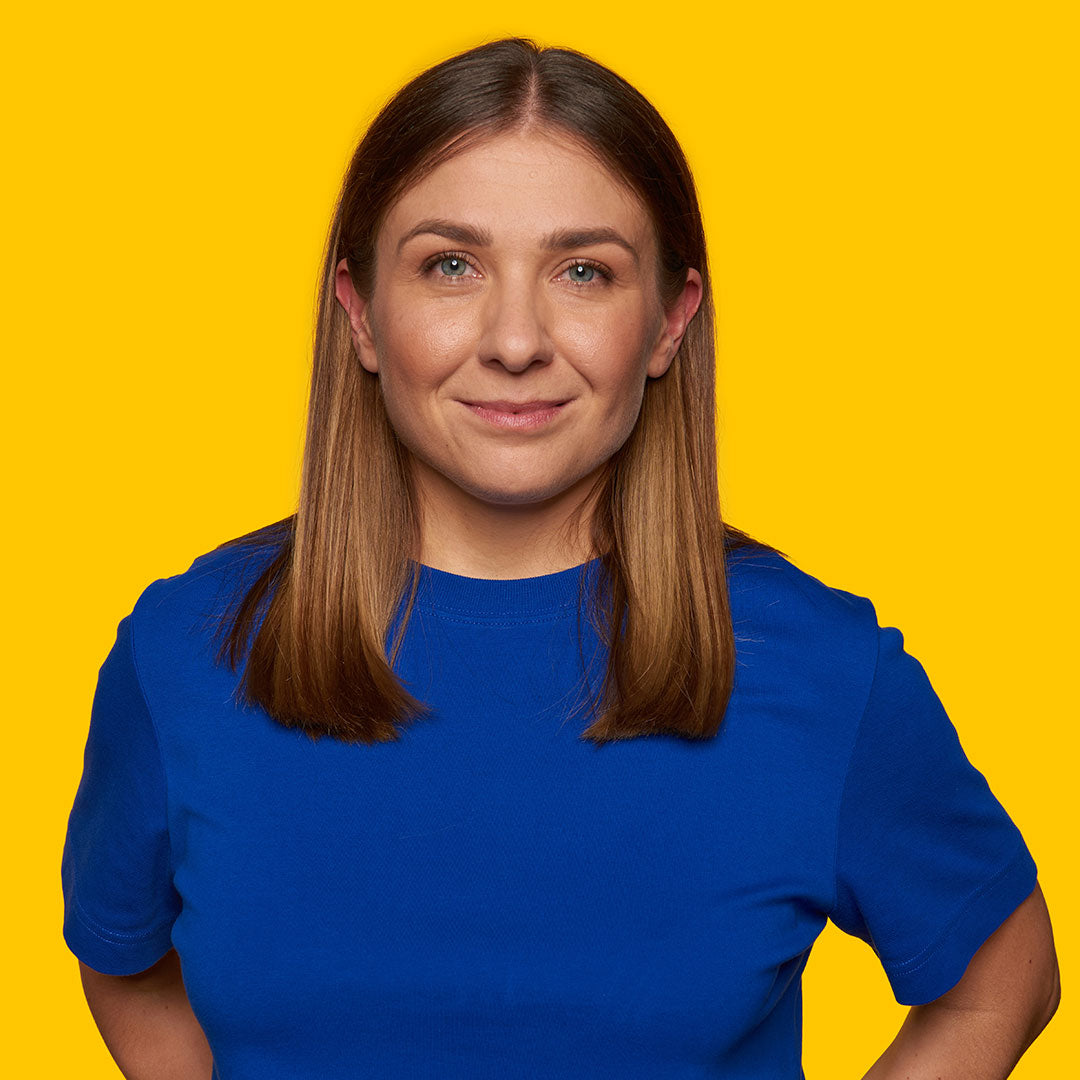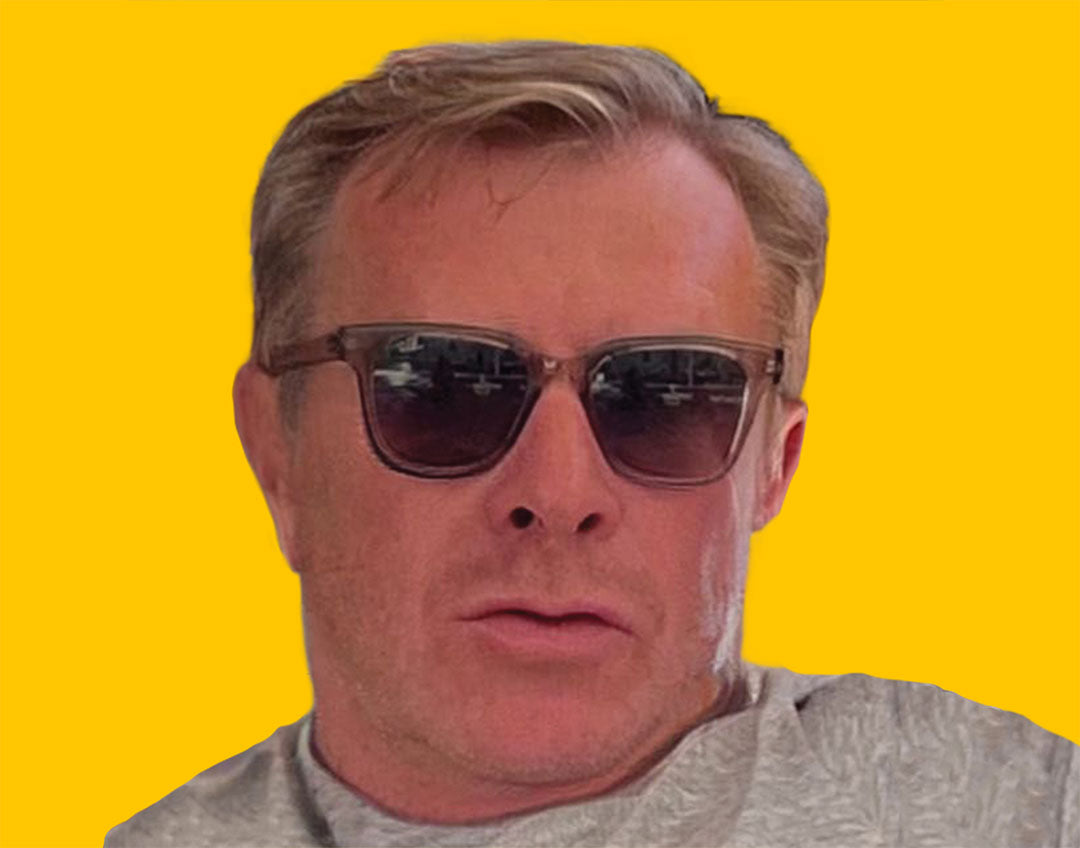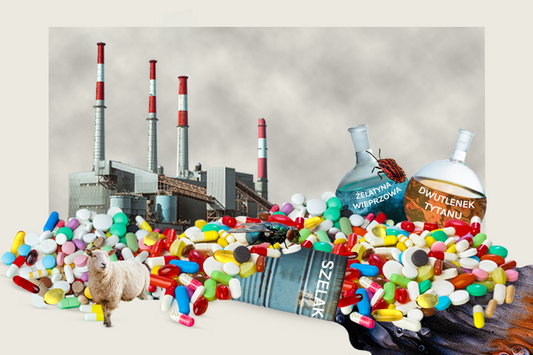
Most vitamin D3 supplements on the market are derived from lanolin. In the process of obtaining it, sheep often suffer violence. If we want to save animals from suffering and take care of the environment, it is worth choosing vitamin D3 from algae.
Lanolin is sometimes called wax. However, in practice it is sebum, i.e. fat secreted by sheep skin . We can observe something similar on our own forehead when our skin becomes oily. The difference, however, is that sheep secrete much more fat. They also have fur that is caked with sebum. Lanolin has protective functions against moisture and environmental influences on animal wool and skin.
To obtain lanolin, sheep must first be sheared . At this point, it is not worth imagining a happy, clean sheep from a children's story, which is sheared by a smiling farmer in overalls, humming "Baa, baa, black sheep..." Obtaining lanolin is usually a by-product of industrial sheep farming . And this one is very cruel, even if its main goal is only to obtain wool.
How are sheep sheared, from which lanolin produces vitamin D3?
Wild sheep produce just enough lanolin to protect their skin and fur. However, sheep breeds for domestic and industrial breeding have been crossed (in some cases also genetically modified) in such a way that it is possible to obtain as much wool and lanolin from them as possible 1 . The bodies of today's domestic sheep produce more than enough lanolin for humans to use for their own purposes.
Sheep are most often sheared at the beginning of spring. As a result, animals are left without protective wool when weather conditions are unfavorable. Some sheep even die from the cold because their bodies cannot regulate their own temperature without wool 2 .
What is the haircutting process like ? If you have a cat or a dog and have ever visited a hairdresser with them, you know how animals react to clippers and scissors. However, no one cares about the suffering of the sheep and the fact that they are scared . They don't have an owner who gets nervous at the door, keeping warm clothes and a de-stressing treat at the ready.
Sheep hairdressers who shear animals on a mass scale are always in a hurry because no one pays them per hour, only for the work done. To finish it as quickly as possible, they do not hesitate to tie the animal or tie it to something to keep it in place. Violence is also common . As reports by PETA (People for the Ethical treatment of animals) show, people working in the sheep industry beat , kick, injure and throw delicate animals on the floor. When cutting hair in a hurry , clipper injuries often occur . Terrifying testimonies of such treatment can be seen on the PETA website (Warning! Drastic scenes).
 The photo comes from an article by Animal Liberation.
The photo comes from an article by Animal Liberation.
Industrial animal farming for wool and lanolin makes them suffer.
Raised sheep are not bathed in soapy water. All the dirt and secretions (e.g. remains of urine, feces, blood) stick to their fur and stay on it all the time. This creates conditions for flies . Some breeds, especially those with wrinkled skin , are more susceptible to insect nesting. At the same time, this type of leather allows for more wool and lanolin, so it is preferred. This applies, for example, to the Merino breed , which constitutes a large part of sheep in Australia, which is one of the largest wool producers in the world (25% of market share).
The flies deposit their eggs between the folds of the merino's skin, and their larvae begin to feed on the sheep's flesh . To prevent this, a cruel method is used to cut out entire strips of skin from the back of the legs and around the tail. Of course, most often without anesthesia. In this way, breeders want to prevent the skin from folding in these places and the larvae being deposited there by flies. And very often this method is also ineffective because insects start attacking bleeding wounds even before they have a chance to heal 3 . Such animals often die due to neglect , disease and even starvation. And if a sick animal ceases to bring profit, it is simply slaughter .
How is lanolin obtained from wool for the production of vitamin D3?
Once the sheep are shorn, their dirty wool with residues of dirt, dust, urine, etc. is usually immersed in hot water with detergent . Then the whole thing is centrifuged at high speed to separate the lanolin. Later, lanolin undergoes various treatments that help clean it from dirt. As a result of these treatments, a substance called 7-dehydrocholesterol is released. It is a precursor of vitamin D, which is present in human skin. It is exposed to UV rays to obtain vitamin D3. This is the final product that is put into supplements. By choosing such a product, we consume substances derived from sheep skin and obtained in an unethical and sometimes cruel way.

What is an alternative to vitamin D3 from lanolin?
Vitamin D3 from lanolin is cheap and easily absorbed. That's why it is so common in dietary supplements. Another popular vitamin D option, for vegans, often includes vitamin D2 , produced by mushrooms . However, scientific research shows that dietary supplementation with vitamin D3 is more effective for humans than D2 4,5,6 .
Some manufacturers offer vitamin D3 obtained from fish oil . However, fish do not produce this vitamin themselves. They obtain it by eating algae7 and store it in the skin and liver . This origin of vitamin D3 is associated with cleansing fish from residual contaminants and heavy metals (as is the case with Omega-3 from fish, which you can read more about in this article ).
In this case, algae are the primary source of vitamin D3, which can also be used by humans. This way we save animals from suffering . Microalgae are grown in controlled conditions, the use of chemicals in this process is minimal. Algae grow very quickly, do not pollute the environment , and at the same time release a lot of oxygen. The entire process is sustainable and low-energy - completely different than animal farming, which is deadly to the planet. Vitamin D3 from microalgae can be used by everyone , including vegans. We remind you why it is worth supplementing it in a separate article .
Expert comment.
Aleksandra Golecka-Kuźniak, co-founder of the Gemini Pharmacy chain, pharmacist:
"Vit D3 (cholecalciferol) in dietary supplements available on the Polish market is most often obtained from lanolin , i.e. sheep wool wax, which provides protection against moisture. This substance is isolated as a side product in the process of cleaning sheep fleece. Producers of dietary supplements are not obliged to include information about the source of the ingredients on the label, which is why so many of us are not aware of it .
Bibliography:
- Wells C., “What's Wrong with Wool?”, Gentleworld.org, December 31, 2011
- “16 Reasons To Stop Wearing Wool”, Animal Liberation, alv.org.au, accessed March 8, 2022.
- “What's wrong with wearing wool?”, People for the ethical treatment of animals, Peta.org, accessed March 7, 2022.
- Shieh A, Chun RF, Ma C, et al. Effects of High-Dose Vitamin D2 Versus D3 on Total and Free 25-Hydroxyvitamin D and Markers of Calcium Balance. J Clin Endocrinol Metab. 2016;101(8):3070-3078. doi:10.1210/jc.2016-1871.
- Tripkovic L, Lambert H, Hart K, Smith CP, Bucca G, Penson S, Chope G, Hyppönen E, Berry J, Vieth R, Lanham-New S. Comparison of vitamin D2 and vitamin D3 supplementation in raising serum 25-hydroxyvitamin D status: a systematic review and meta-analysis. Am J Clin Nutr. 2012 Jun;95(6):1357-64.
- Glendenning P, Chew GT, Inderjeeth CA, Taranto M, Fraser WD. Calculated free and bioavailable vitamin D metabolite concentrations in vitamin D-deficient hip fracture patients after supplementation with cholecalciferol and ergocalciferol. Bone. 2013 Oct;56(2):271-5.
- Del Mondo, A., Smerilli, A., Sané, E. et al. Challenging microalgal vitamins for human health. Microb Cell Fact 19, 201 (2020).

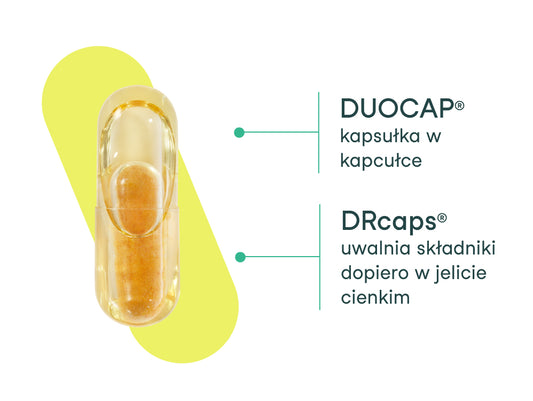
What makes our capsule stand out?
The nikalab capsule impresses not only with its appearance, but also with its operation. We used two innovative...
